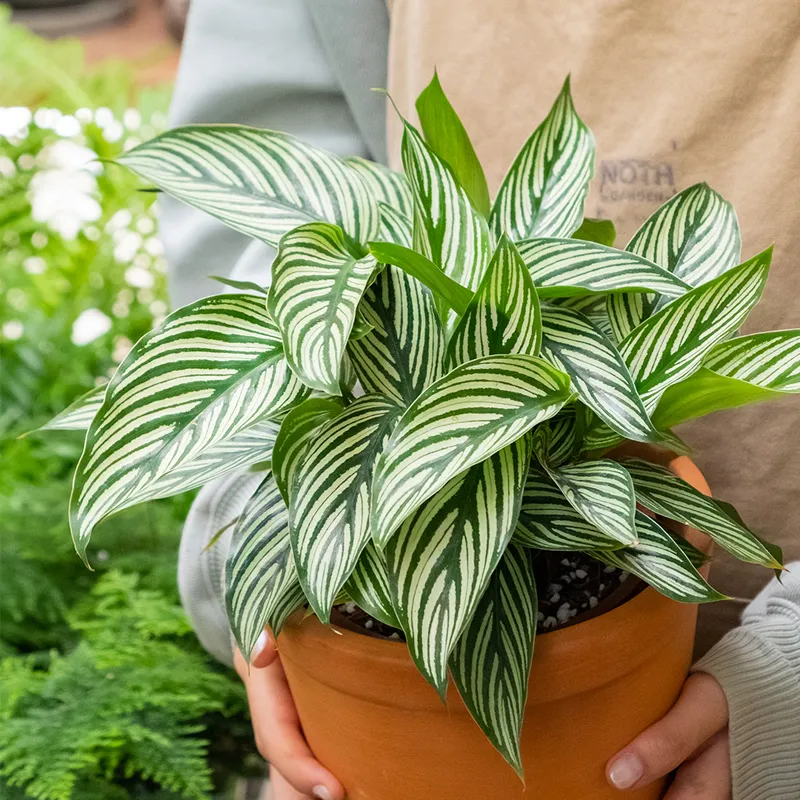
Hosta Sagae: A Showstopping Shade-Loving Champion in My Garden
For years, I’d been on the hunt for a shade-loving perennial that could add a touch of drama and elegance to the north side of my house. It gets barely any direct sunlight, and most flowering plants tend to sulk under such conditions. Then, I stumbled upon the Hosta Sagae, and it was love at first sight.
This magnificent hosta isn’t just another pretty face. It boasts a unique combination of characteristics that have earned it a coveted spot in my garden and countless others. Let’s delve deeper into the world of Hosta Sagae and explore why it might be the perfect addition to your own shady haven.
31 Species in Genus Hosta
What is the Allure of the Hosta Sagae?
The Sagae hosta is a truly captivating specimen. Its most striking feature is undoubtedly its foliage. Imagine large, thick, and wavy leaves with a frosted blue-green hue. As the season progresses, the color matures to a sophisticated gray-green, edged with a broad, creamy-white margin that seems to dance in the dappled sunlight.
But the visual magic doesn’t stop there. Thin, grey-green streaks weave their way through the center of the leaf, adding a touch of complexity and depth. In the early spring, the foliage emerges with a vibrant color reminiscent of the June hosta, offering a delightful transition as it matures.
The overall form of the Sagae hosta is equally impressive. It forms a majestic, semi-upright mound, creating a textural contrast against the flatness of a shaded wall or border.
Beyond Beauty: The Resilience of the Sagae Hosta
This isn’t just a pretty face; the Sagae hosta is a tenacious survivor. Unlike many other hostas that fall victim to slug attacks, the Sagae seems to possess a natural resistance to these slimy garden pests. This makes it a low-maintenance choice, perfect for busy gardeners like myself.
How to plant and care for Hosta Sagae?
Here’s the good news: the Sagae hosta thrives in the very conditions that challenge most flowering plants – shade! The ideal spot would receive dappled sunlight in the morning and remain cool and shaded throughout the afternoon.
Planting your Sagae hosta is a breeze. Choose a well-draining location and amend the soil with some organic matter like compost or aged manure. Dig a hole slightly larger than the root ball and gently place your hosta inside. Backfill the hole, water thoroughly, and apply a layer of mulch around the base of the plant to retain moisture and suppress weeds.
Once established, your Sagae hosta requires minimal care. Consistent watering, especially during hot and dry periods, is key. A light fertilization in early spring with a balanced fertilizer will give your hosta a boost but isn’t strictly necessary.
Sharing the Spotlight: Companion Plants for Your Sagae Hosta
The Sagae hosta shines on its own, but it can also be a fantastic team player in your shade garden. Here are a few ideas for companion plants:
- Ferns: Ferns, with their delicate fronds, add a sense of airiness and complement the bold foliage of the Sagae hosta. Try Maidenhair ferns (Adiantum spp.) or Japanese Painted Ferns (Athyrium niponicum).
- Heuchera (Coral Bells): Heuchera come in a wide variety of colors and textures, offering a vibrant contrast to the cool tones of the Sagae hosta. Choose varieties with burgundy, lime green, or chartreuse foliage for a stunning effect.
- Spring Bulbs: Early spring bulbs like daffodils or tulips can add a pop of color before the Sagae hosta emerges in all its glory. Just be sure to plant the bulbs strategically so they don’t crowd the hosta as it matures.
Propagating Your Hosta Sagae: Sharing the Beauty
The beauty of the Sagae hosta is something you’ll want to share. Luckily, propagating this magnificent plant is relatively simple. The most common method is division. In early spring or fall, carefully dig up your mature Sagae hosta and use a sharp knife to divide the root ball into sections, each with a few eyes or buds. Replant the divisions in new locations and care for them as you would a mature plant.
With a little planning and care, the Hosta Sagae can become a star attraction in your shade garden. Its captivating foliage, resilience, and ease of care make it a winner on all fronts. So, why not give this champion a try and add a touch of drama and elegance to your own shady haven?
If i die, water my plants!



